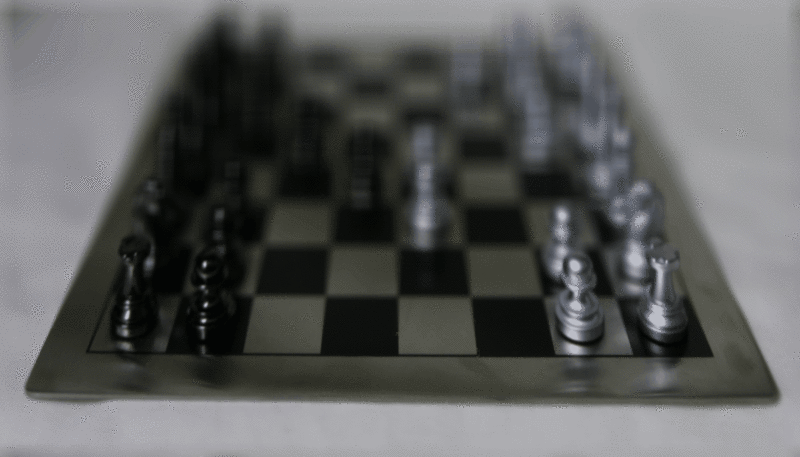CS194-26 Project 5: Lightfield Camera
By: Jia Ze Yu
Date: 2018-10-29
Overview
Lightfield photography is fundamentally different from conventional photography in the sense that the former collects lightfield information (direction of light rays) instead of just collecting the brightness value for each pixel on the image for the latter. This enables post-capture manipulations of light rays from the input data to produce interesting effects like refocusing and aperture adjustment. We will be using datasets from Stanford Light Field archive which contains 289 images taken on a 17 by 17 grid.
Refocusing
Distant objects are less shifted in the images from the lightfield camera array while nearer objects are more shifted. Hence, we can achieve the refocusing effect by shifting our images by varying amounts and then averaging the shifted images.

Original Image

Refocused images over the range of shifts from -3 to 1
Aperture adjustment
To adjust the aperture on a lightfield image, we apply a similar averaging process but this time we have to choose how many images to average together. To get a small aperture, we average the rays from a smaller set of images in a small grid. To increase the aperture size, we average more cameras away from the center camera.

Original Image

Varying aperture